5 Ways To Level Up Data Security In Banks
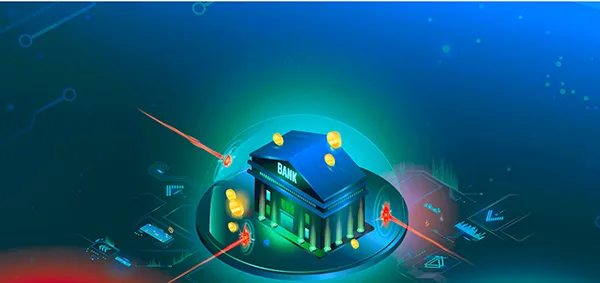
Cyberattacks within the financial industry have been on a steady rise since digitalization. Due to this, there have been numerous incidents of data leaks, leading to a great amount of loss and security breaches.
To tackle this issue, if you are thinking of boycotting online banking, sadly, that is not the solution.
Thankfully, the government has been working and introducing several online payment fraud prevention strategies. Along with that, there is a set of rules and regulations that every financial institution needs to look into and follow while protecting their customers’ privacy.
For further understanding, join us as we embark on the journey of understanding the data security practices in banks and 5 ways to do so. Also, learn about Revolutionizing Banking Operations with this guide.
Why Is It Necessary To Practice Data Security In Banks?

IBM Security released a report on the cost of a data breach, and the estimates showed that per breach had cost $5.85 million in 2020.
Since the direct or indirect motivation behind every cyberattack is related to money, the victims in the majority of cases are generally banks and financial institutions.
Therefore, most ransomware and digital wallet hacking are quite common. This is why, banks follow a 360° approach to safeguard sensitive data against internal or external data breaches.
It can be done by increasing cybersecurity to protect the customer and their assets.
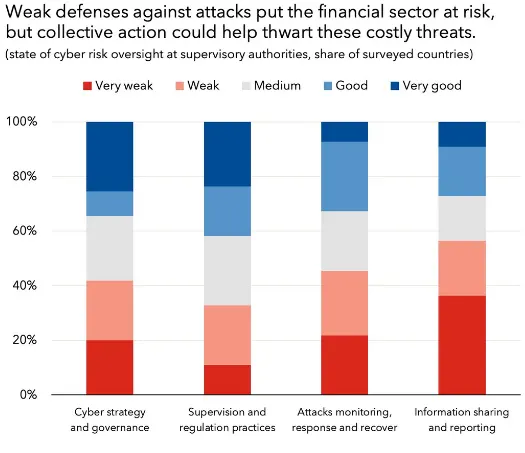
Did You Know?
Recently, a survey was conducted by the International Monetary Fund (IMF) for 51 countries, and the results were concerning. At least 48% of the banks do not have cybercrime regulations!
5 Ways To Secure Data In The Banking Sector
As mentioned earlier, banks deal with millions of dollars daily, be it deposits or withdrawals.
Hence, there is an urgent need to take security measures to prevent cyber-attacks and safeguard sensitive data.
To do this, there are 5 ways to keep data safe in banks. Let us dive deeper into them:
Secure Processes
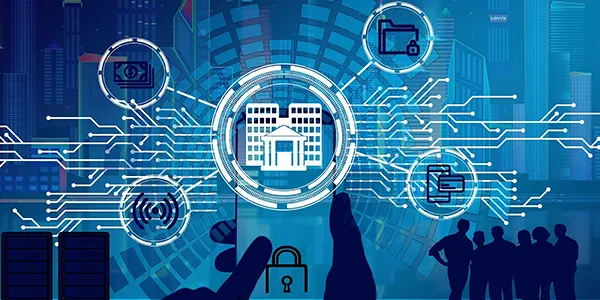
Numerous compliance and requirements have already been introduced in the banking system to ensure digital security.
One such example is the Know Your Customer (KYC). It is the legal requirement of the account holders so that the institutions can authenticate their identity.
There are several other practices, including Non-disclosure agreements (NDA) and Data Loss Prevention (DLP).
Speaking of NDA, it is for securing the data within the special premises and data centers. This agreement is between the account holders and the bank, which shall be kept discrete for the given tenure.
Whereas, DLP is for safeguarding the personal data of the customers with the help of numerous data protection regulations.
Thus, the processes are related to global and local regulations, which should be assessed and implemented regularly.
Encryption
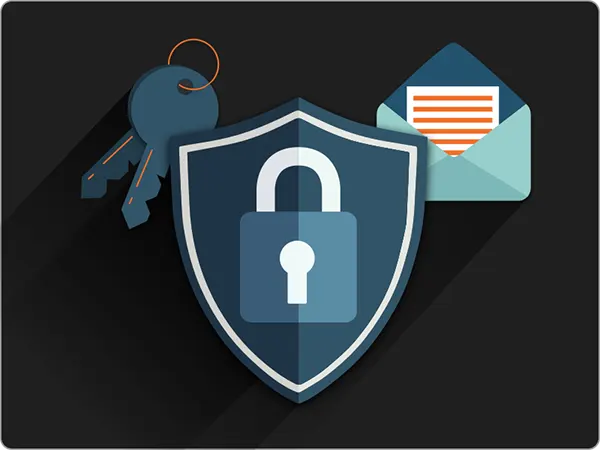
Encryption is an additional security layer that ensures that the attacker is unable to use the information and only allows the authorized user to access the information. This is why account numbers and other transaction details are encrypted.
All of this means that the data is turned into a complex code before being sent over the internet by using several technologies.
Some of them are Transfer Layer Security (TLS), and Secure Sockets Layer (SSL).
These protocols provide security for confidential data following the encryption process over the Internet.
But how will the authorized user access the data? They access it through the use of a binary key or password.
For example, when buying something from online websites, apart from the card details, you need OTPs for confirmation to proceed further.
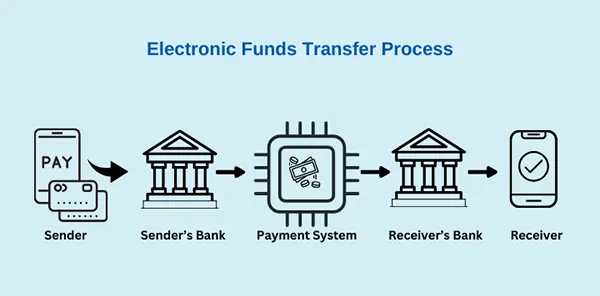
Did You Know?
The Electronic Fund Transfer Act was introduced in 1978 by the American government. This act is intended to protect individual consumers who are engaging in electronic fund transfers (EFTs).
Authentication
It was quite a devastating turn of events when Flagstar Bank confirmed that a data breach had exposed the personal details of 1.5 million customers.
This is why authentication is essential for banks in the long run. They set the standards and protection regulations for avoiding such situations.
Some of them include:
- Payment Services Directive (PSD2)
- Banking Secrecy Act (BSA)
- Payment Card Industry Data Security Standard (PCI-DSS)
Apart from these, authentication protects consumers and banks from potential phishing transactions.
This prevents the attackers from making high-value transactions, making the consumers gain more trust in the financial institutions.
Open Source Cyber Threat Intelligence (OSCTI)

Unlike other industries, the banking sector relies on real-time data along with the speedy exchange of information.
This offers a proactive approach to threat detection. OSCTI comes into the role in such cases due to its efficiency in swiftly sharing information regarding such threats.
They have strategies that enable real-time monitoring of potential fraud activities by looking for the indicators online.
For example, social media platforms and the dark web.
Integrated Gramm-Leach-Bliley Act Compliance (GLBA)
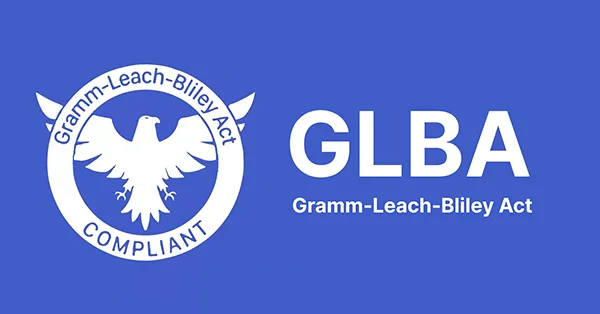
Also known as the Financial Modernization Act of 1999, the Gramm-Leach-Bliley Act is a federal law introduced in the United States.
This act was introduced to regulate how financial institutions deal with the sensitive information of individuals.
The act consists of 3 sections:
- Financial Privacy Rule (regulates the collection & disclosure of private financial information)
- Safeguards Rule (encourages the implementation of security programs)
- Pretexting Provisions (prohibits from accessing private information)
Banks/ financial institutions are required to provide their customers with written privacy policy notices explaining their information-sharing practices.
Overall Inputs
Over the years, there has been a steady rise in digitization in the banking sector. With that being said, there also has been a spike in cyberattacks at an alarming rate.
To reduce these potential risks associated with them, 5 ways were introduced to secure the data in the banks. These include secure processes, encryption, authentication, OSCTI, and GLBA for prioritizing the consumers’ data.
Thus, incorporating these methods can help in reducing the potential risks of data breaches in the banks.








